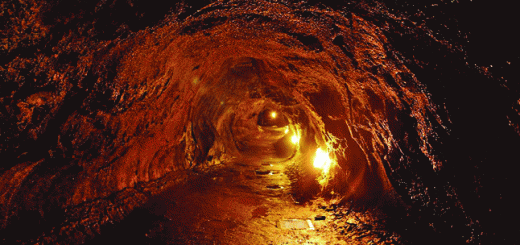Many of the world’s rivers are flush with dangerous levels of antibiotics
 In a massive survey of rivers across 72 countries, researchers found antibiotics at 66 percent of 711 sites sampled. Many of the most drug-polluted waterways were in Asia and Africa, where there hadn’t been much data until now.
In a massive survey of rivers across 72 countries, researchers found antibiotics at 66 percent of 711 sites sampled. Many of the most drug-polluted waterways were in Asia and Africa, where there hadn’t been much data until now.
Environmental pollution from antibiotics is one driver of microbial drug resistance, which threatens public health. People should be as concerned about resistance evolving abroad as they are about resistance brewing in their own backyards, says William Gaze, a microbial ecologist at the University of Exeter Medical School in England who was not involved with the research. Even if wealthy countries curb antibiotic pollution, drug-resistant microbes can hitch a ride across the globe with traveling people, migrating birds or traded food and livestock, he says. “It’s a global problem, and we need global solutions.”
About a third of the sites surveyed over the last year contained no detectable levels of antibiotics. But 66 percent, or 470 of the sites, tested positive for at least one of 14 types of antibiotics. And almost 16 percent, or 111 sites, contained concentrations considered unsafe, based on safety levels estimated by AMR Industry Alliance, a global biotech and pharmaceutical coalition. The alliance set its safety thresholds based on levels that wouldn’t kill algae in the environment or promote resistance by killing susceptible bacteria.
“I don’t think I was expecting the degree of concentrations that we saw. That was quite eye-opening,” says environmental chemist Alistair Boxall of the University of York in England, who conducted the survey with University of York colleague John Wilkinson. The two presented their results on May 27 and May 28 in Helsinki at a meeting of the Society of Environmental Toxicology and Chemistry.
The scale of the study is unprecedented, Boxall says. Previously, most surveys had focused on North America, Europe and China. So Boxall and Wilkinson sent water collection kits to colleagues all over the world and then tested samples from a total of 165 rivers for 61 drugs, including the 14 antibiotics.
Samples continue to roll in and the researchers plan to release more data in the future. “Ultimately, it would be nice if we could get samples from every country of the world,” Boxall says.
Many sites deemed to have unsafe antibiotic levels were contaminated with more than one of these drugs. The most commonly found antibiotic was trimethoprim, used to treat urinary tract infections, which showed up at 43 percent of the sampled sites. Other commonly occurring antibiotics were sulfamethoxazole, ciprofloxacin and metronidazole. Some of the antibiotics the researchers looked for — including oxytetracycline, amoxicillin and cloxacillin — were not detected at any site.
 Samples from Bangladesh’s Kirtankhola River, near the south-central city of Barisal, contained the highest antibiotic concentrations of any surveyed site. The level of metronidazole approached 40,000 nanograms per liter, or about 300 times the safe level. The commonly prescribed drug ciprofloxacin exceeded safe levels by a factor of eight.
Samples from Bangladesh’s Kirtankhola River, near the south-central city of Barisal, contained the highest antibiotic concentrations of any surveyed site. The level of metronidazole approached 40,000 nanograms per liter, or about 300 times the safe level. The commonly prescribed drug ciprofloxacin exceeded safe levels by a factor of eight.
High antibiotic concentrations were also found in river samples near the cities of Accra, Ghana; Nairobi, Kenya; Lahore, Pakistan; Lagos, Nigeria; and Nablus, Israel. The most contaminated sites in Europe were in an urban tributary of the Danube in Austria. And the most polluted U.S. river was found in North Liberty, Iowa, near many animal farms.
To figure out how antibiotics were getting into waterways, the researchers did some sleuthing. Google Street View showed that some contaminated sites are near pharmaceutical plants, which could be releasing discharge into the waterways, the researchers say. Photos from several highly polluted sites in Africa and Asia also showed trash heaped along riverbanks as well as sewage-carrying trucks nearby, Boxall says.
River features such as the water’s depth, how fast it flows and whether a sampling site is located downriver from a city or hospital would also have an impact on drug concentrations, Boxall says.
Boxall, Wilkinson and colleagues plan to test how antibiotics at the levels measured might affect algae and other organisms in the environment. The researchers hope their work leads policy makers worldwide to take action toward curbing antibiotic pollution.












Recent Comments